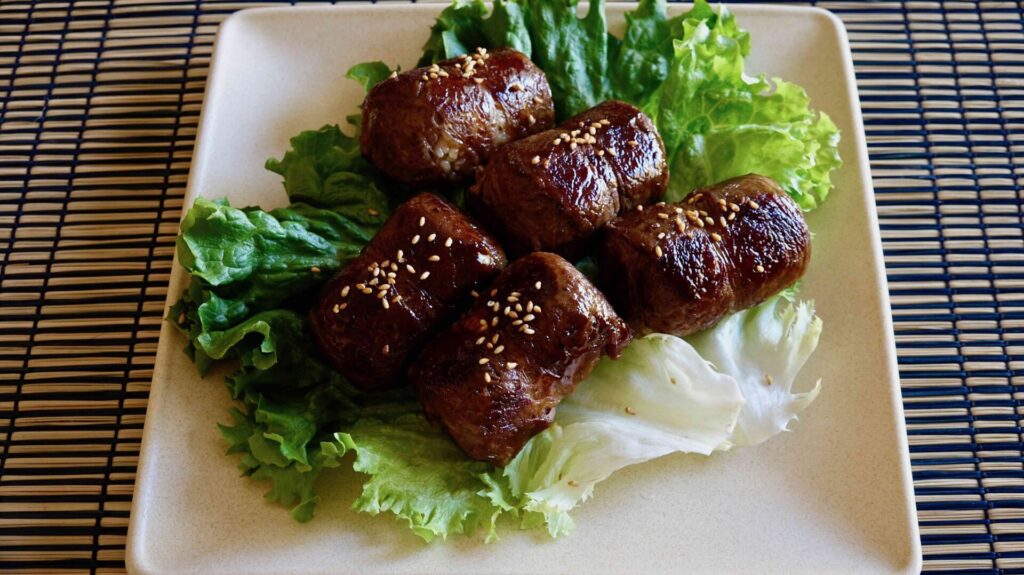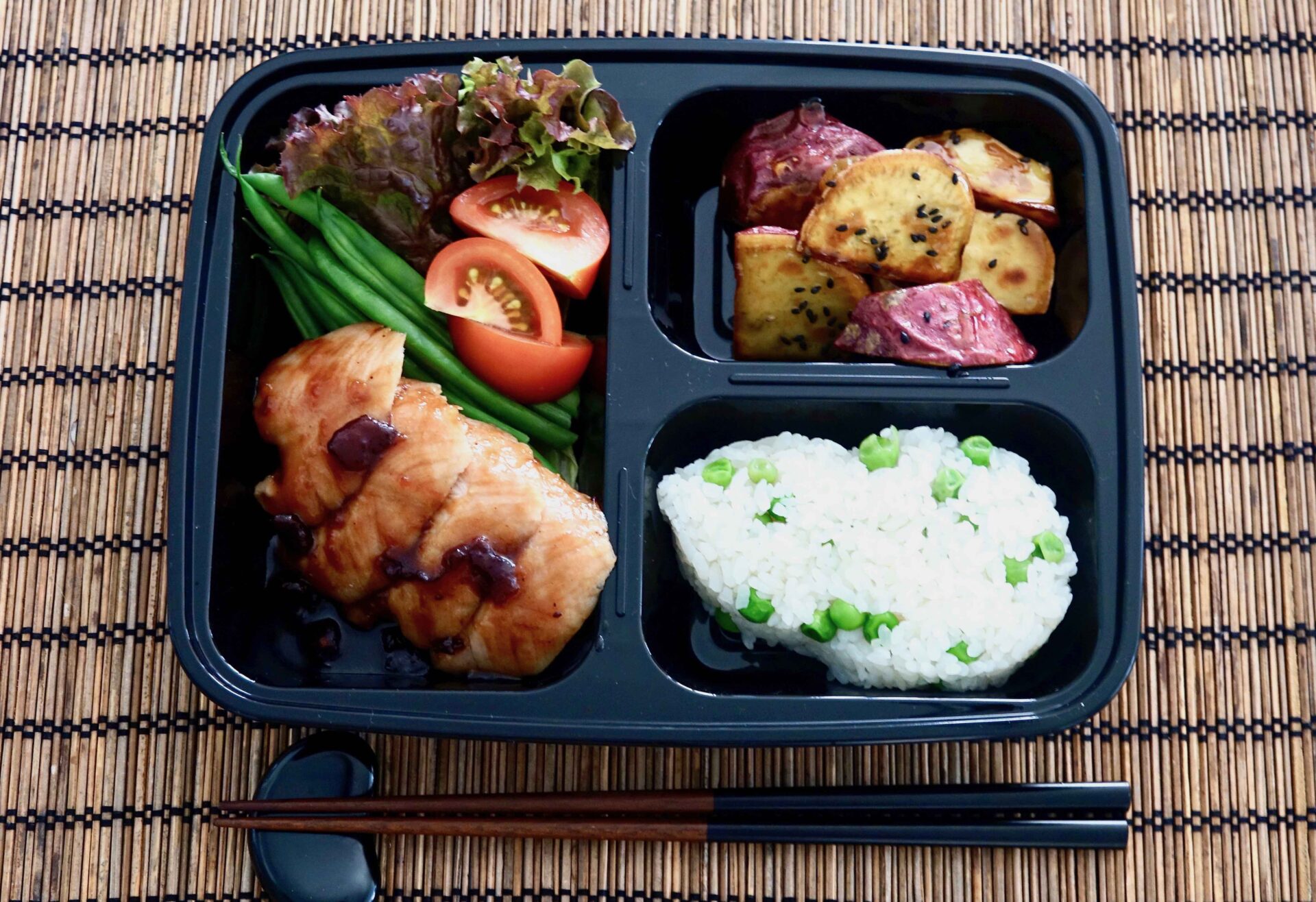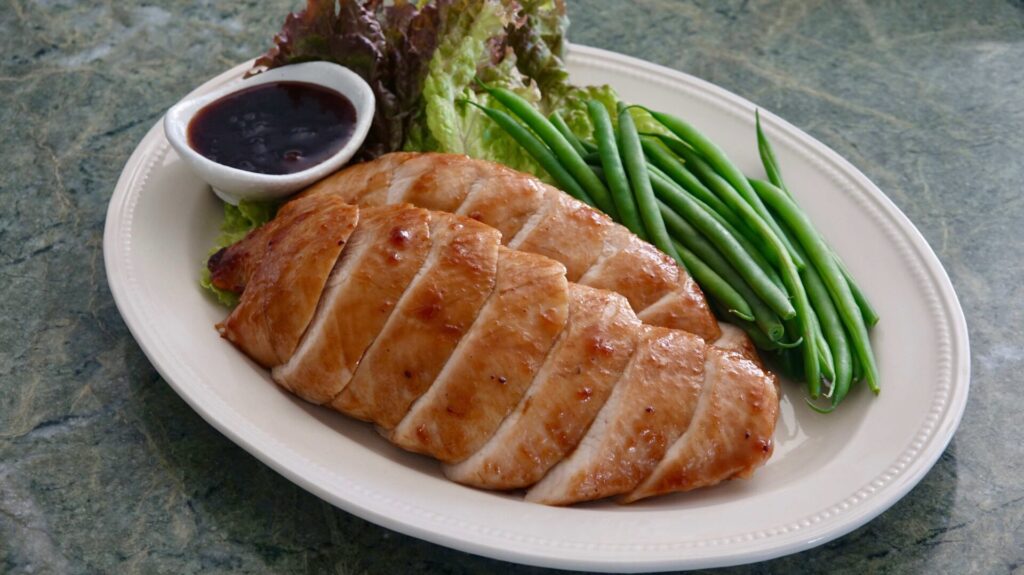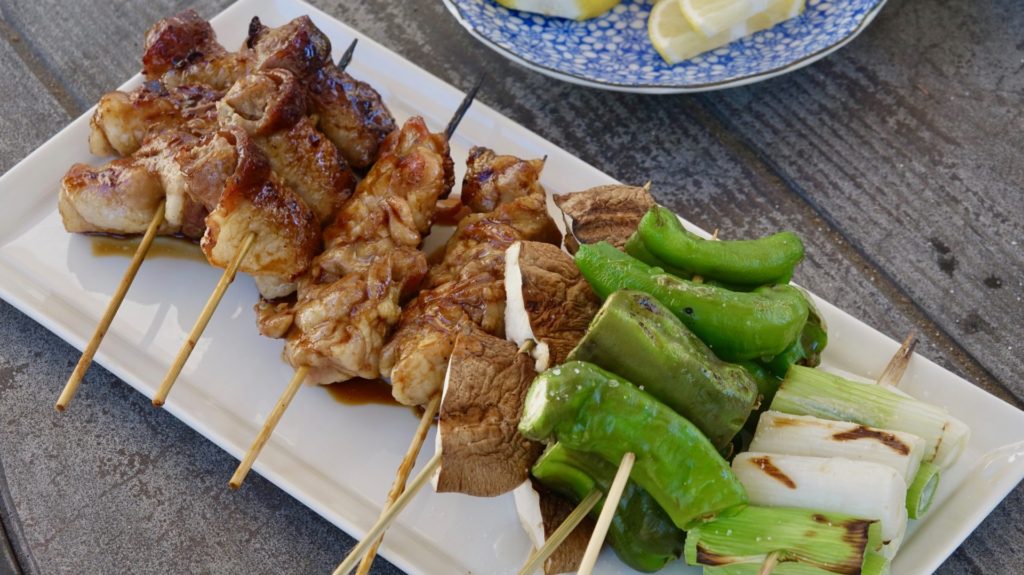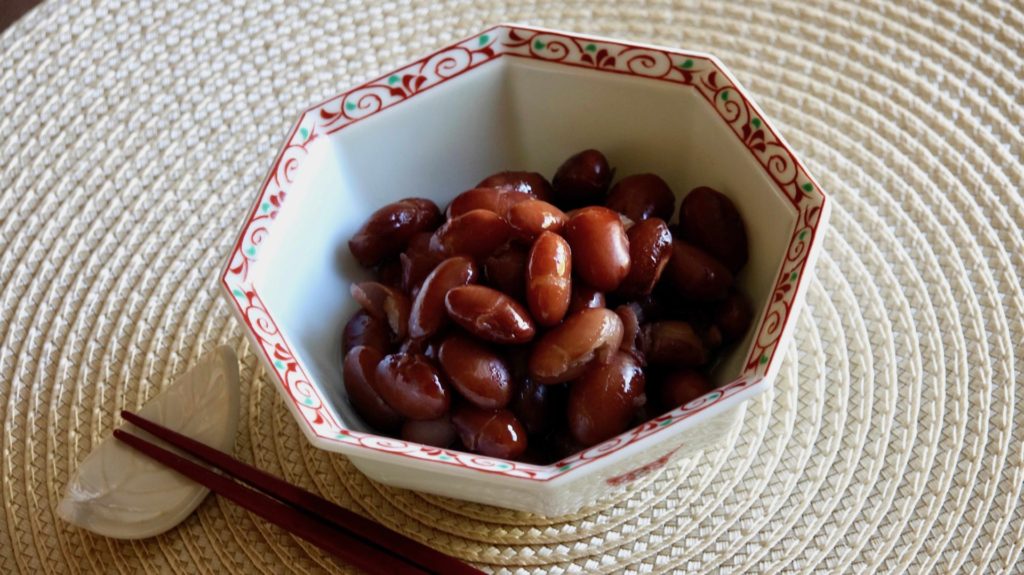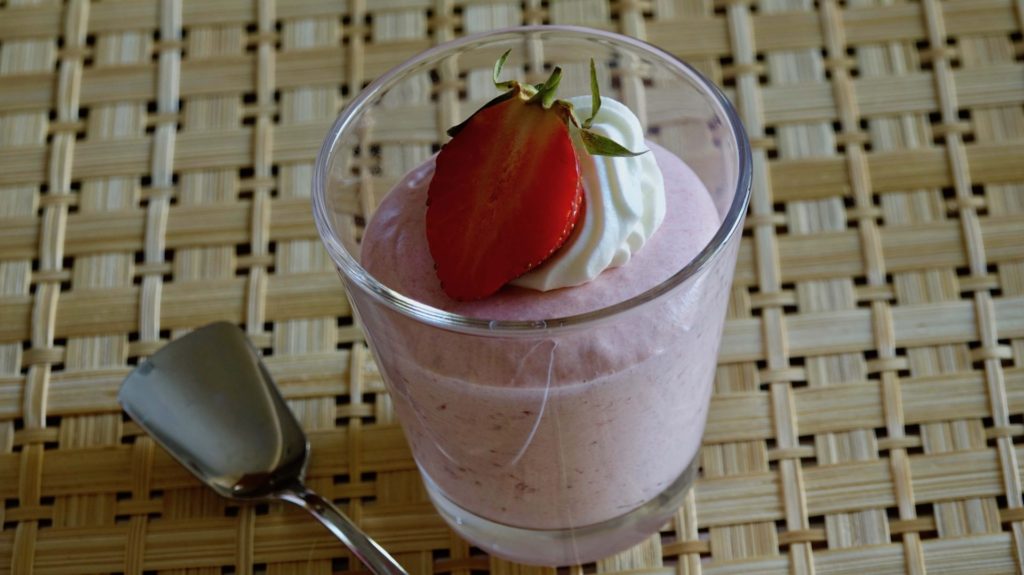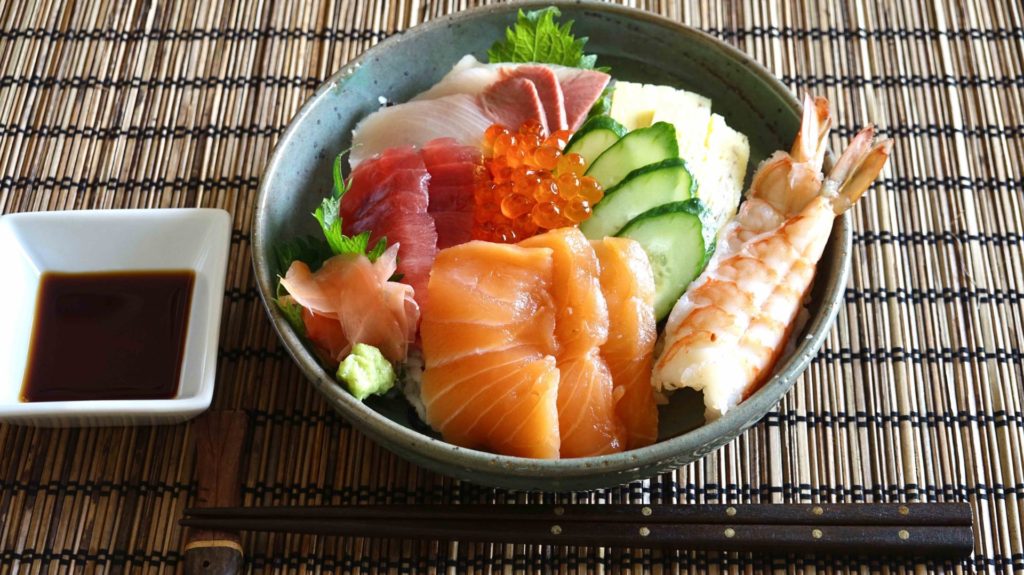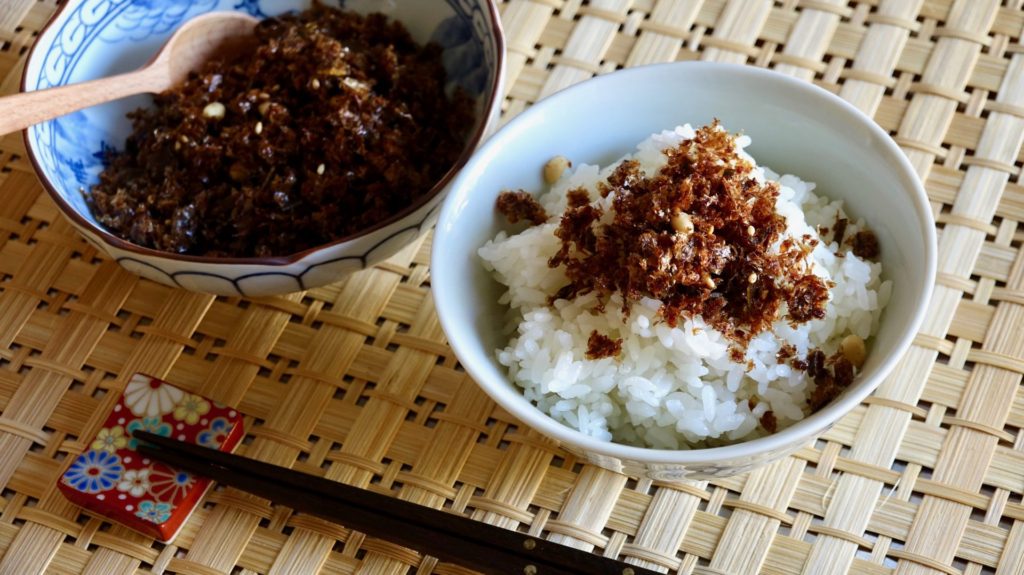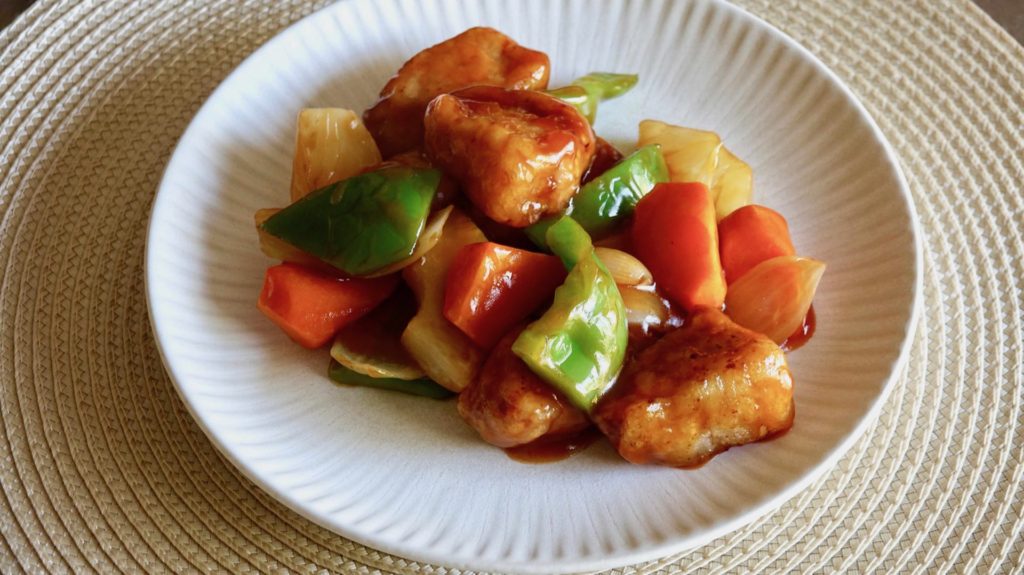Nikumaki Onigiri is a rice ball wrapped with thinly sliced beef and cooked in sweet soy sauce. Although it’s still called Onigiri, Nikumaki Onigiri is a more substantial and satisfying meal than normal Onigiri which is usually wrapped in Roasted Seaweed.
2020 has been crazy for many people including us at Japanese Cooking 101. Who knew that a once-in-a-century kind of pandemic would swirl our lives into chaos this year? With two of us from different households working together to make our videos, we have taken some time off since the lock downs in the end of March in California. Our decision was simply to keep our immediate and extended family members and people surrounding us safe. We have been carefully watching numbers and the medical situation in California, and finally have decided to ease back into a modified version of our normal schedule of video makings. If you are regular visitors to our website and YouTube subscribers, thank you for your patience waiting so long. We are confident we can work together again safely in the well-ventilated kitchen with good precautions such as keeping social distances, wearing masks, and following good hygiene practices.
Daigaku Imo is Japanese candied sweet potatoes. In Japan, it is more a snack or dessert than a sweet potato side dish that belongs to a meal like sweet potatoes in American cuisine. Daigaku Imo is something your mom makes for an after school snack or tea time for the family. Scrumptiously glossy, sweet, and hearty – it’s one of everyone’s favorites. That said, Daigaku Imo could also be an interesting alternative to the usual sweet potato or yam casseroles that are fixtures in holiday meals in the US.
Roast Turkey Breast with Cranberry Soy Glaze is a great alternative dish to a traditional whole roast turkey. The brined succulent white meat with a sweet and tangy cranberry soy sauce can satisfy people who want regular baked turkey and others who want to try something new.
Assorted Yakitori is grilled skewered chicken and various vegetables dipped in a sweet and salty Teriyaki-like sauce or simply served with salt. Yakitori is a very popular appetizer at Yakitori bars and other bar-type restaurants in Japan. It can be a nice dinner as well if there are more vegetables and especially when served with rice and Miso Soup.
Kintokimame are red kidney beans in sweet syrup. It is a small side dish that is often in the corner of a bento box. Because of its very sweet flavor, Kintokimame is not exactly a dish that goes well with Steamed Rice directly, which almost always comes with Japanese meals; however, it is a great pallet cleanser between rice and salty dishes.
Strawberry is the fruit of spring in Japan, the same as in many places throughout the world. And Japanese people take it seriously with strawberries. Seasonal foods, fruits, vegetables, seafood, etc., are very important for their everyday life there. Because there is an abundance of a particular food in a short period of time during the year, they celebrate with it well. When strawberries are in season, we eat them fresh as well as make them into special dishes. Strawberry Mousse is a super easy dessert to make at home, and it is great spring sweet after meals.
Chirashi Sushi (Chirashizushi) is a kind of Sushi dish with thinly sliced Sashimi raw fish placed over a bed of Sushi Rice, instead of single pieces (Nigiri Sushi) or rolls (Maki Sushi). Chirashi Sushi is sometimes mixed up with Barazushi which doesn’t contain much raw fish other than decoration. While Barazushi is mostly vegetable Sushi and more home cooking Sushi, Chirashi Sushi is a more elaborate Sushi dish that you often see at Sushi restaurants.
Furikake are rice toppings which are usually made of dried seafood and seasonings. Furikake means literally “sprinkle” in Japanese, and it is typically sprinkled over Steamed Rice or Onigiri. Kinshobai is an upscale Furikake brand and made of Kombu sea kelp and Katsuo bonito flakes. It is much more gourmet than the kinds of Furikake that you can typically buy at supermarkets. Here we will show you how to make this fancy Furikake at home. It’s so easy to make, and it doesn’t cost much at all.
Subuta is a Japanese version of Sweet and Sour Pork, the famous Chinese dish in the US. Deep fried crispy pork coated in a thick sweet vinegary sauce is one of the most appealing Chinese foods for a lot of people. Japanese Sweet and Sour Pork, Subuta has much less batter around the meat, and therefore it is less fatty, and tangier sauce than the American counterpart. This seemingly complicated dish is easier to make at home than you might think.
